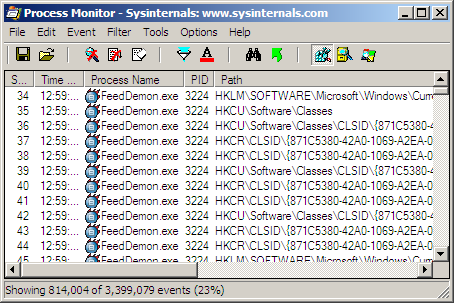
To add it to the context menu, follow these steps: You can add Sysinternals Handle to the right-click menu for files to quickly find the program that has locked the file. Add Sysinternals Handle to right-click menu No arguments will dump all file references. nobanner Do not display the startup banner and copyright message. name Search for handles to objects with (fragment accepted). p Dump handles belonging to process (partial name accepted). u Show the owning user name when searching for handles. s Print count of each type of handle open. y Don’t prompt for close handle confirmation. You must specify the process by its PID.WARNING: Closing handles can cause application or system instability.

c Closes the specified handle (interpreted as a hexadecimal number). l Just show pagefile-backed section handles. Sysinternals Handle: Command-line arguments usage: handle ] | ] | ] -a Dump all handle information. The output shows the process name, the process identifier, user name, the locked (target) file name with path.
#Sysinternal file monitor full#
It’s advisable to include the full path always.) (Mentioning the filename without the path may not necessarily work in every situation. If the file name contains spaces, enclose it within double quotes.Įxample: handle.exe -a -u "c:\users\ramesh\desktop\Mandate-form.pdf" Hope Microsoft fixes it in the next update.įrom an admin Command Prompt window, use the command-line syntax to find the process which is having the file open: handle.exe -a -u filename_with_path Note: Handle v4.21 has a small bug where it always reports “No matching handles found” if the drive-letter is in uppercase. Handle is like a command-line version of Process Explorer. You can use it to see the programs that have a file open, or to see the object types and names of all the handles of a program. Handle is a utility from Microsoft Sysinternals that displays information about open handles for any process in the system. What does Failed to Enumerate Objects in the Container mean? 3.
#Sysinternal file monitor how to#

View open files and the corresponding process names.Find file handle via the right-click menu.Process Explorer from Microsoft Sysinternals.Find which process has locked a file using:


 0 kommentar(er)
0 kommentar(er)
